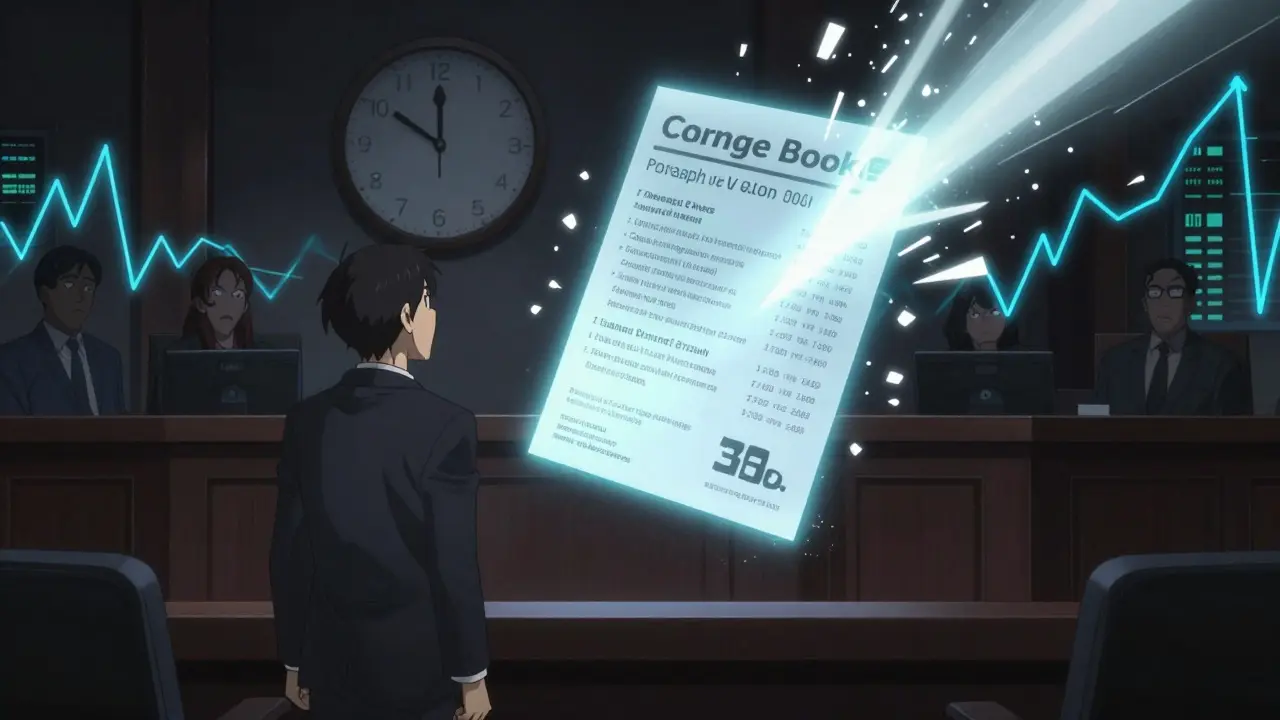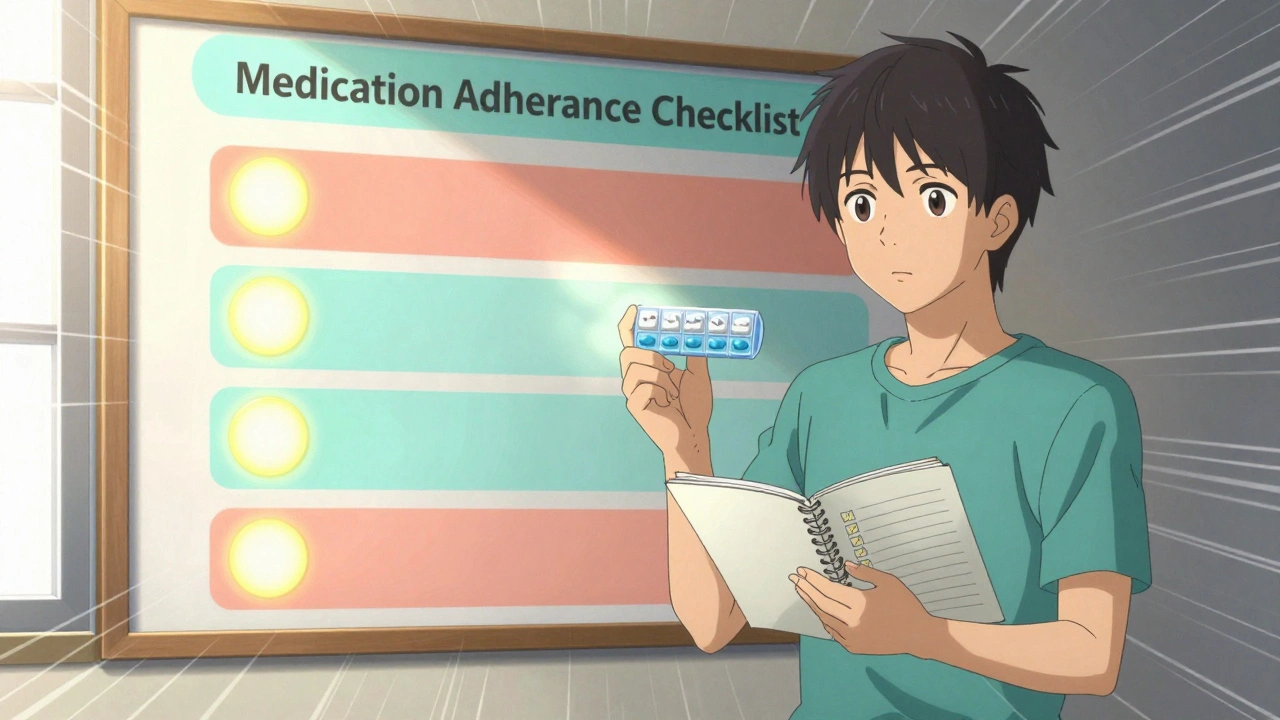Buy prescriptions online: smart, safe steps to get meds at home
Buying prescriptions online can save time and money — but a single bad choice can put your health at risk. Some online pharmacies are licensed and reliable; others sell counterfeit or dangerous drugs. This guide gives clear, practical checks so you can order prescriptions online without rolling the dice.
How to spot a legitimate online pharmacy
Start with the basics: a real pharmacy will show a physical address and a verifiable license number. Look for an obvious pharmacy registration or regulator seal and cross-check it on the regulator’s website. If a site refuses to show a pharmacist’s contact or hides its location, walk away.
Legit pharmacies always require a prescription for prescription-only drugs. If a site sells controlled meds without asking for a doctor’s note, that’s a red flag. Also watch out for prices that are shockingly low—if a drug costs a tiny fraction of normal retail, it might be fake or expired.
Check payment and privacy features. Secure sites use HTTPS, show clear payment methods, and offer privacy policies explaining how your data and medical info are handled. If all communication is through anonymous chat or untraceable payment methods only, don’t proceed.
Practical tips when ordering prescriptions online
Use a trusted source: big chain pharmacies, known online pharmacy brands, or services accredited by national authorities are the safest bets. If you need to try a new vendor, do a quick web search for independent reviews and complaints. Forums and health boards can highlight recurring problems fast.
Keep prescriptions clear and current. Many online pharmacies accept telehealth consultations—this is fine if the clinician is licensed and the visit is documented. Save copies of your prescription, order confirmation, and any receipts. These records help if something goes wrong or you need a refund.
Check shipping rules and customs. Some meds are restricted across borders. Shipping times and storage conditions matter for temperature-sensitive drugs; reputable pharmacies describe handling and delivery options. If the site won’t explain shipping or offers only one courier with no tracking, reconsider.
Ask questions before you buy. Call or message the pharmacy and note how quickly they respond and whether their staff speak knowledgeably about dosing, side effects, and interactions. A real pharmacy will answer basic questions or connect you to a pharmacist.
Final practical moves: pay with a secure card or service that offers fraud protection, avoid saving sensitive data on unfamiliar sites, and check your order as soon as it arrives—verify packaging, expiration dates, and labeling. If a pill looks wrong, contact the pharmacy immediately and stop taking it.
Buying prescriptions online can be convenient and safe if you verify licenses, require real prescriptions, pick secure payment and shipping, and keep records. If something feels off at any point, trust your gut and choose another seller or ask your local pharmacist for advice.
Top 7 Alternatives to RxConnected for Affordable Online Medications in 2024
In 2024, finding affordable medications online is easier with various alternatives to RxConnected. These options, such as Canada Pharmacy Depot and Blink Health, offer significant discounts and international shipping. They cater to diverse healthcare needs while ensuring safety and quality. This article explores seven competitive online pharmacies, weighing their pros and cons to guide consumers in making informed choices.






